So for our regular readers – this is not our usual review fare. When taking a break from tech I like to get out to the mountains and hike along with my wife. To really get away from the crowds and really experience a national park though you need to get out into the wilderness and sleep out there in a tent with the wildlife all around you.
Of course many national parks have bears and a bear that learns to take food from humans becomes a dangerous bear and will have to be killed. Backpacking hikers therefore often have to take portable measures to protect the bears from getting access to our food. In the old days this involved putting your food in a net and hanging it from a tree. However frequently this was done poorly and the bears were able to get the food anyway. Ursack have developed a modern version of this which is approved in some but not all parks – however there are plenty of times when you may not have a suitable tree to use anyway:
For a few years I’ve been using BearVault’s products – plastic containers that are strong enough to resist a bear’s attack for a reasonable amount of time. However on longer trips we found ourselves having to take more food than we could fit in the larger sized BV500 and ended up having to add a second smaller bear can (BV450). A second bear can adds considerable weight to carry with you, let alone the confusion as to which bear can contains which items.
For our last six day trip we had been thinking about buying a Bearikade to see if we could save weight by taking one larger bear can vs two smaller ones. However the high price ($255-495) had put us off from committing to it. Instead we decided to rent a Bearikade to “try before we buy” . Wild Ideas will rent you standard size bearikades for $5-6 per day depending on the size.
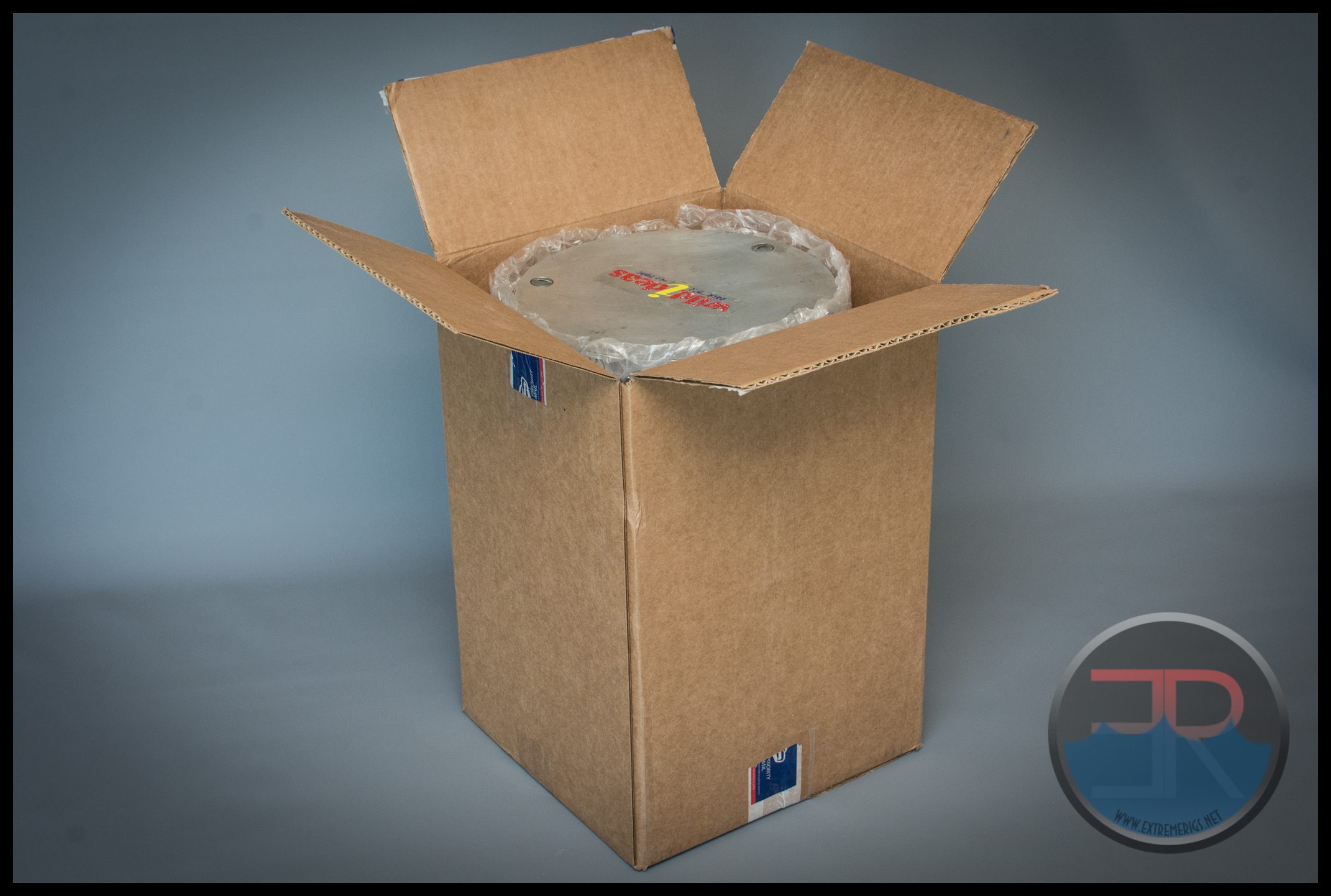
The bear can comes lightly packaged in a box. Instructions are also included with the bear can: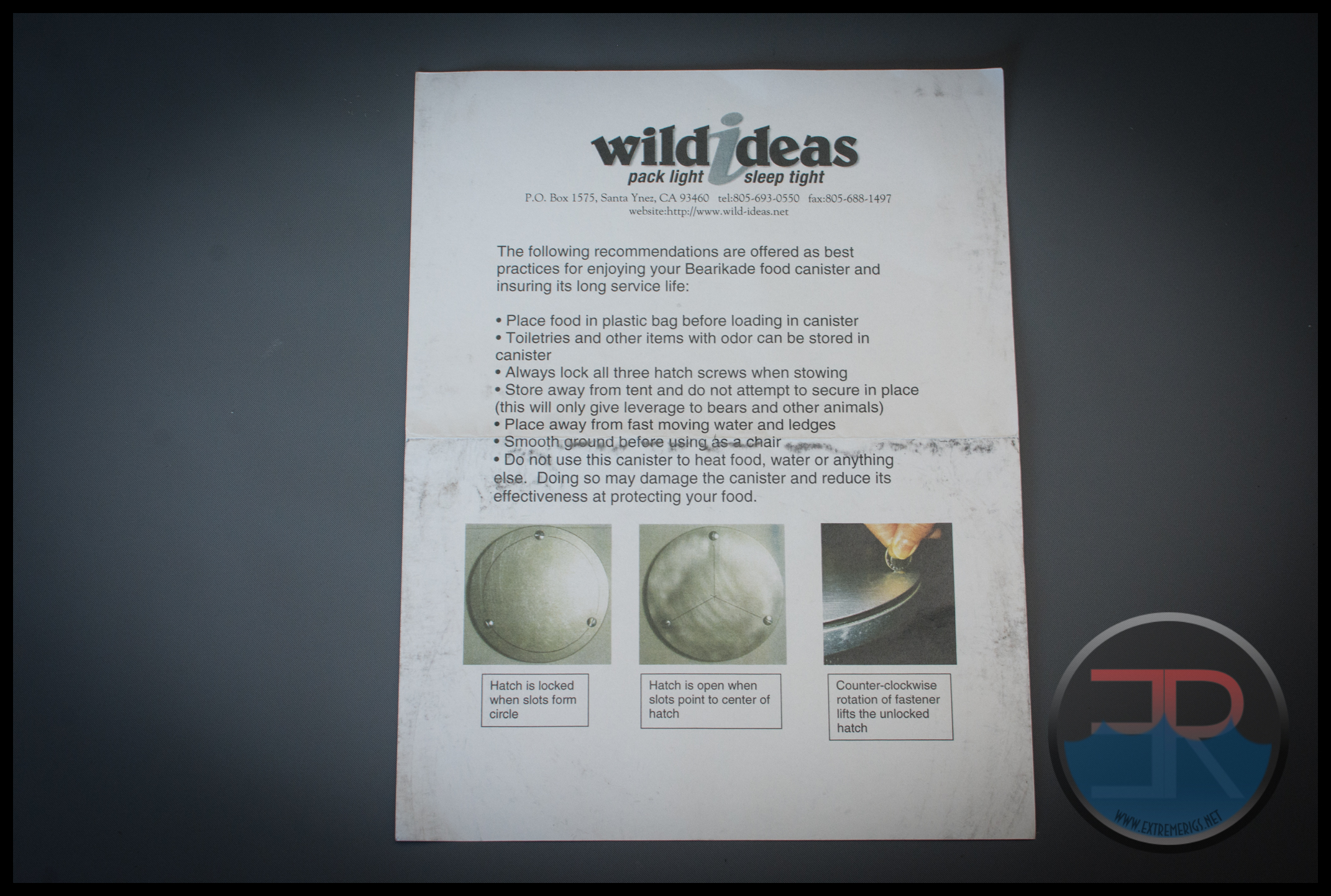
Bearikades are essentially a cylinder of carbon fiber that has an aluminum top and bottom. Because the carbon fiber can be cut to size you can order a custom Bearikiade of any size you’d like. However rental units are limited to two standard sizes. We rented the larger “expedition” size.
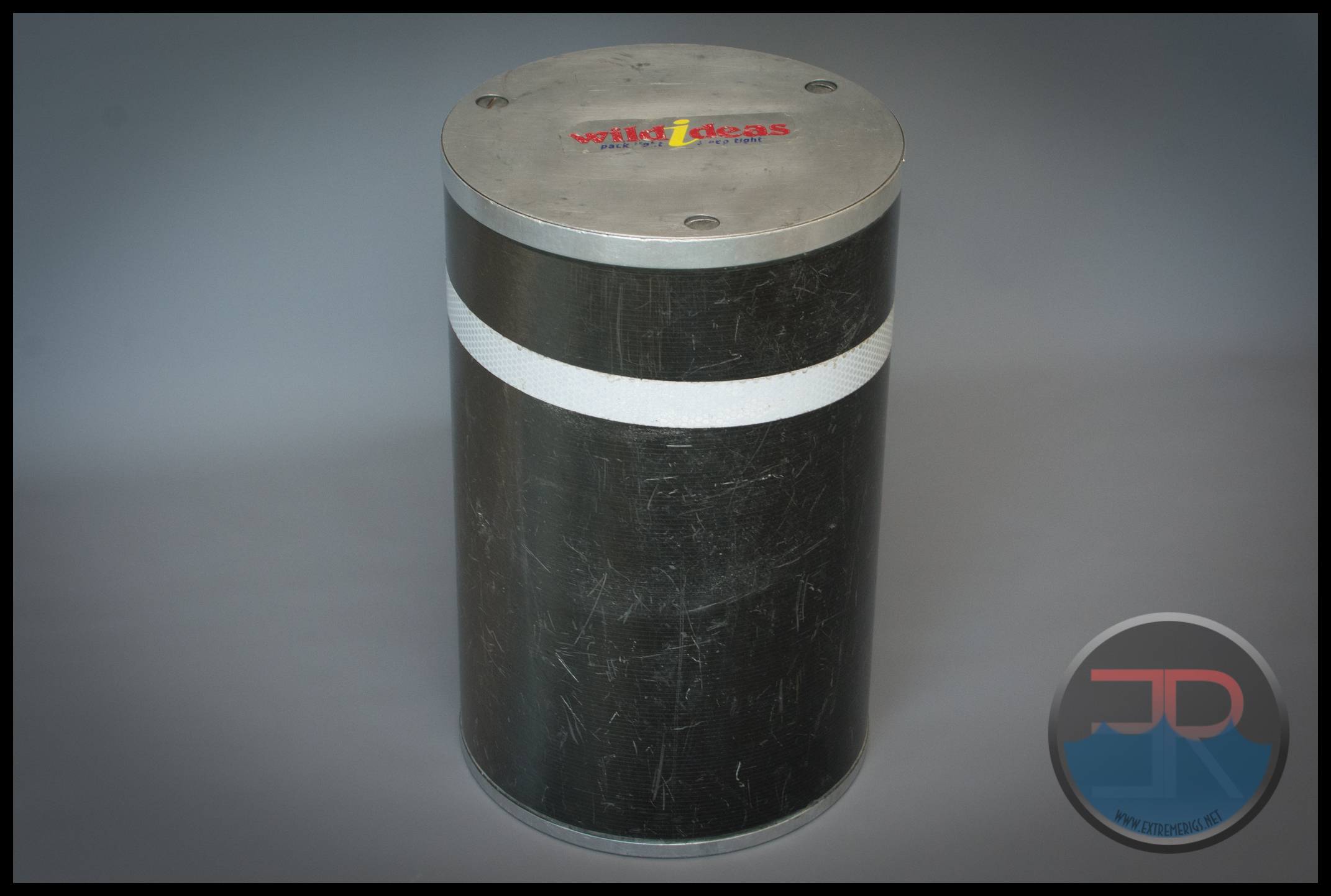
The base is plain aluminum that is bonded to the carbon fiber:
The top is a two part construction with three retained screw heads that enable the top to be removed:
The three screws were easy to turn with the screw driver head on a multi-tool or a quarter. In cases where ice had formed over the screws I was able to scrape off the ice and open the bear can as normal.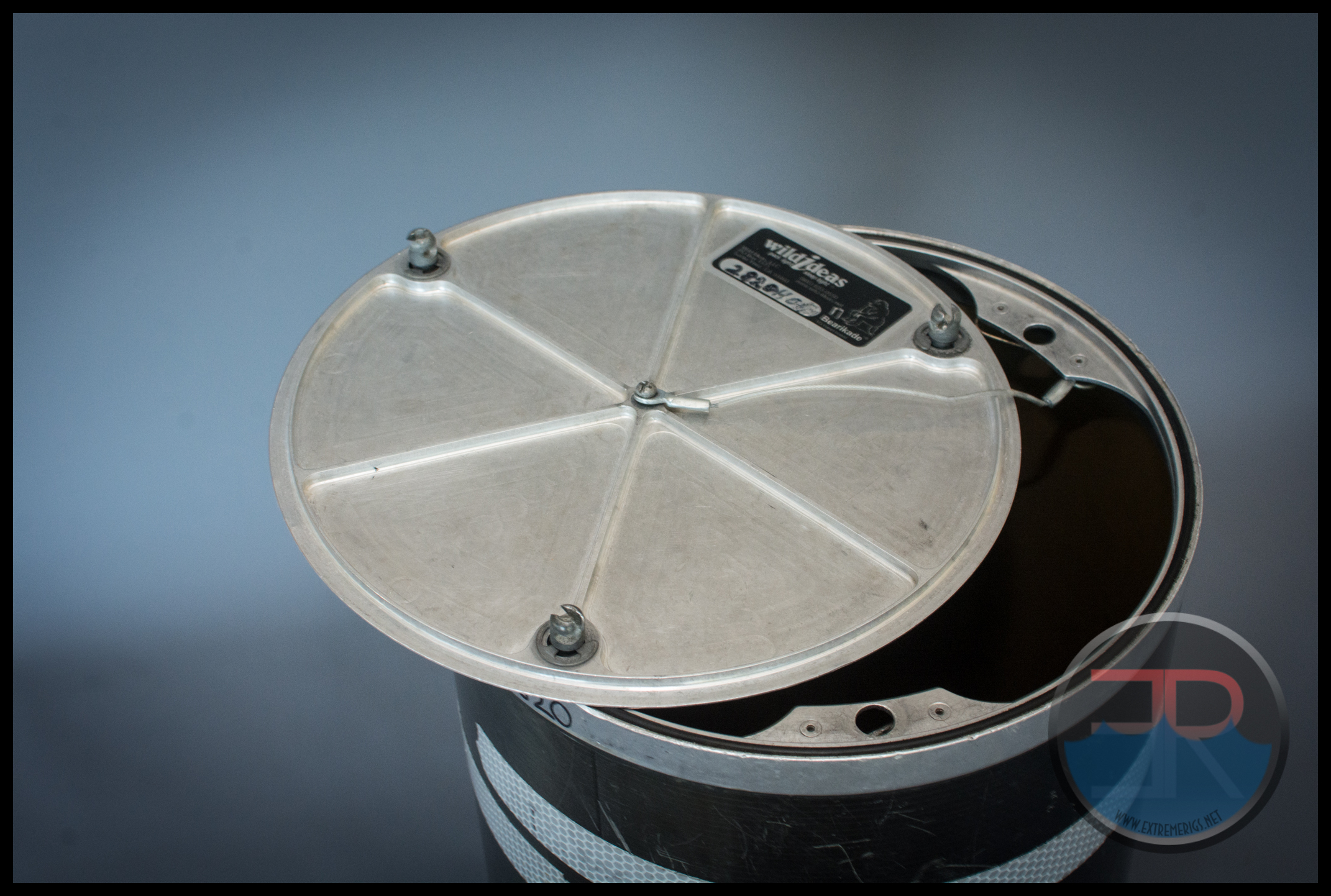
There is a small retaining wire that stops you form losing the lid. If I owned one I’d be tempted to remove this as I find the function to be unnecessary and it only adds additional weight. It should be noted that there is an o-ring that helps to seal moisture out and smells in. Wild Ideas says that the o-ring proves “a very tight seal against water” but doesn’t go as far as to specify that it’s truly water proof. My guess is that it’s enough to safeguard against rain, but don’t expect it to survive a month in a lake. The Bear Vault on the other hand is not water proof but should remain dry from rain as long as it’s upright.
Once opened the neck of the bear can is almost as wide as the body allowing it to be easily filled. There is very little wasted space in the can:
The thin carbon fiber means that almost the entire volume can be used for food storage if you’re an efficient packer. We rented the larger of standard sizes – the $349 “Expedition” which promises enough food for 12 days. As we had 2 people we hoped to fit food for six days. Despite being only slightly larger than our BV500 we were able to fit plenty of food for a six day trip as well as some extra food in case of delays:
This is partly because the Bear Vault is not as efficient in it’s use of space. However the Expedition sized Bearikade is also taller as well as slightly larger in diameter. It was however easily able to fit in my Gregory Baltoro 75 liter pack side by side with a tent.
One of the criticisms many people have with the BearVault it that it’s hard to open when cold. The bear vault uses two notches and relies on the flexibility of the plastic lid to bend around the harder body of the can:
When cold the lid becomes more rigid and is much harder to flex and therefore the can becomes hard to open and unscrew. Some people use a knife or credit card to help force the lid to flex at the right point. I’ve been known to also use rocks to open them. In contrast the Bearikade was much easier and quicker to open across all temperatures. One advantage the Bear Vault does have though is that the lid can be used as a tray which we had found quite helpful when preparing food:
Lastly we had expected to miss the “visibility” of the Bear Vault and find it harder to locate items within the can. This did not pan out and we did not miss the clear sides of the Bear Vault.
Specifications (as listed by manufacturer):
Height, Diameter and Weight of the BV450, BV500 and Expedition were verified. All the numbers were very accurate with the exception that the Expedition weighed in at 2oz higher than it should have. The Bear Vault numbers were spot on.
Rental Experience
Wild Ideas have a good FAQ describing the rental experience. When you go to order you specify the start and end date that you want the Bearikade for. You pay a daily rate only for those days. In addition you pay a shipping fee. The Bearikade gets shipped out to arrive a day or two early (and it did arrive two days early). When you return you pay to ship the bearikade back in the same packaging it was received in. As I was shipping within the state USPS charged me only $7.25 to return the box. Here is the example invoice for my charges:
Although our trip was 6 days we rented it for 7 days as the first day was driving. So if we add on the $7.25 for return shipping then the total cost to rent the Bearikade for the 6 day trip was just over $64 or about $11 per day. There are however discounts (45%) if you are doing a long trip like the John Muir Trail or Appalachian Trail. However even with the discount the rental cost may end up being close to the purchase price for a longer trip.
Overall the rental experience was simple and easy.
Summary
Pros:
- Lighter weight than equivalent Bear Vaults
- Better space efficiency than Bear Vaults
- Ability to rent from manufacturer (though Bear Vaults and alternatives can be rented from Parks/REI)
- No tree required (vs Ursack)
- Custom sizes available
- Easier to open than a Bear Vault
- More waterproof than a Bear Vault, Ursack
Cons:
- Price
The Bearikade performed flawlessly through our six day trip in the high sierras. The Expedition size was able to fit 12 days worth of food as it claimed (2 people for 6 days). The only disappointment was that it was slightly heavier (2 oz) than it was promised. The rental experience was smooth and the overall cost worked out for us at $11/day for our 6 day trip.
Of course the price to buy a new one has to be mentioned. The Bearikade is three to five times more expensive than the BearVault system. If saving roughly half a pound is worth $250 to you then the Bearikade is a clear winner over a similarly sized Bear Vault. However where the Bearikade really wins is that it supports much larger sizes meaning that 1 Bearikade may be used when 2 Bear Vaults would have to be used. This then would be a much larger weight saving (2+lbs).
The Bearikade then is a quality piece of kit that simply is better than the BearVault options. The only remaining question for you is whether those small benefits are worth the significantly higher price.
Where to buy/rent: Wild Ideas – $255-495, $5-6/day + ship








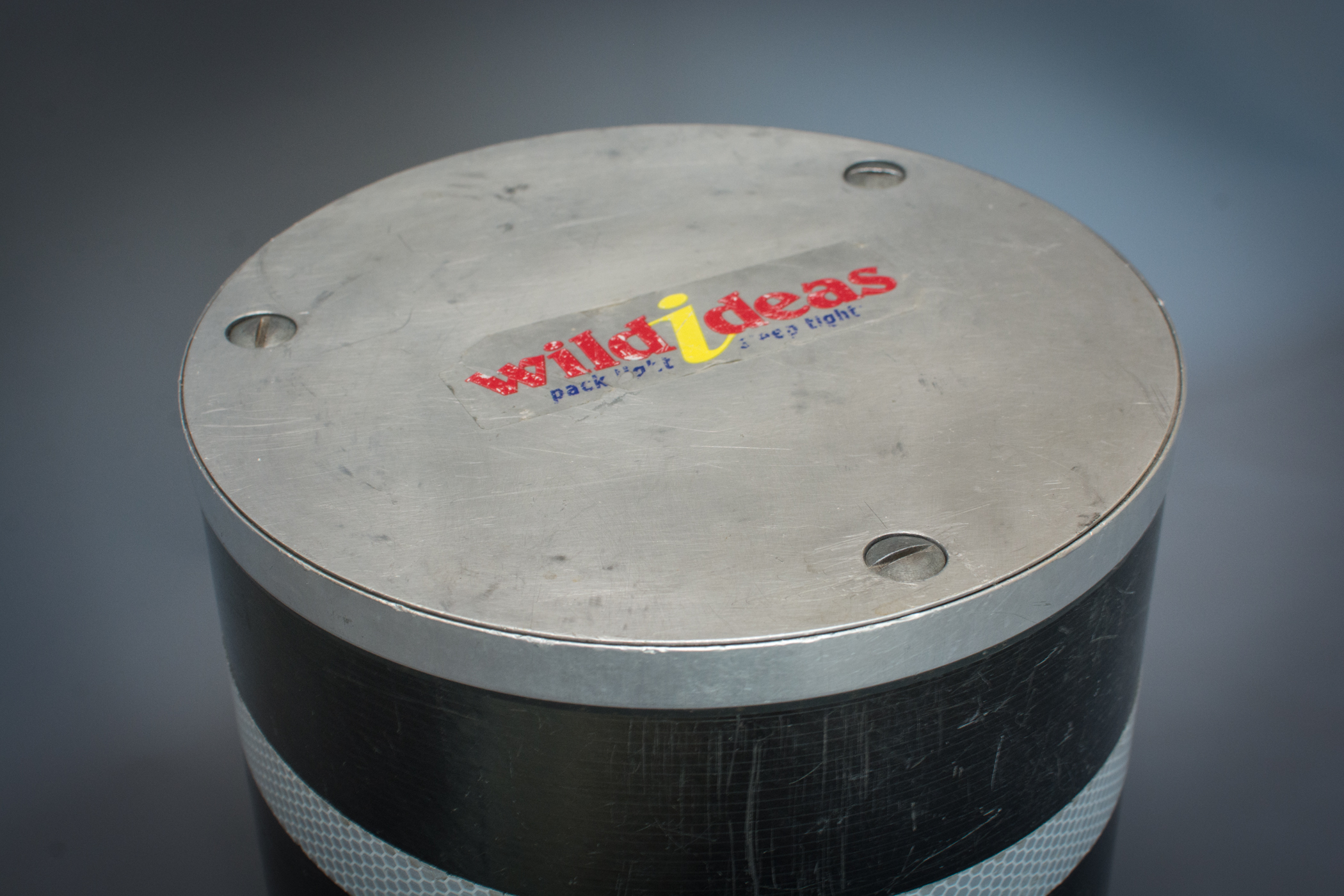
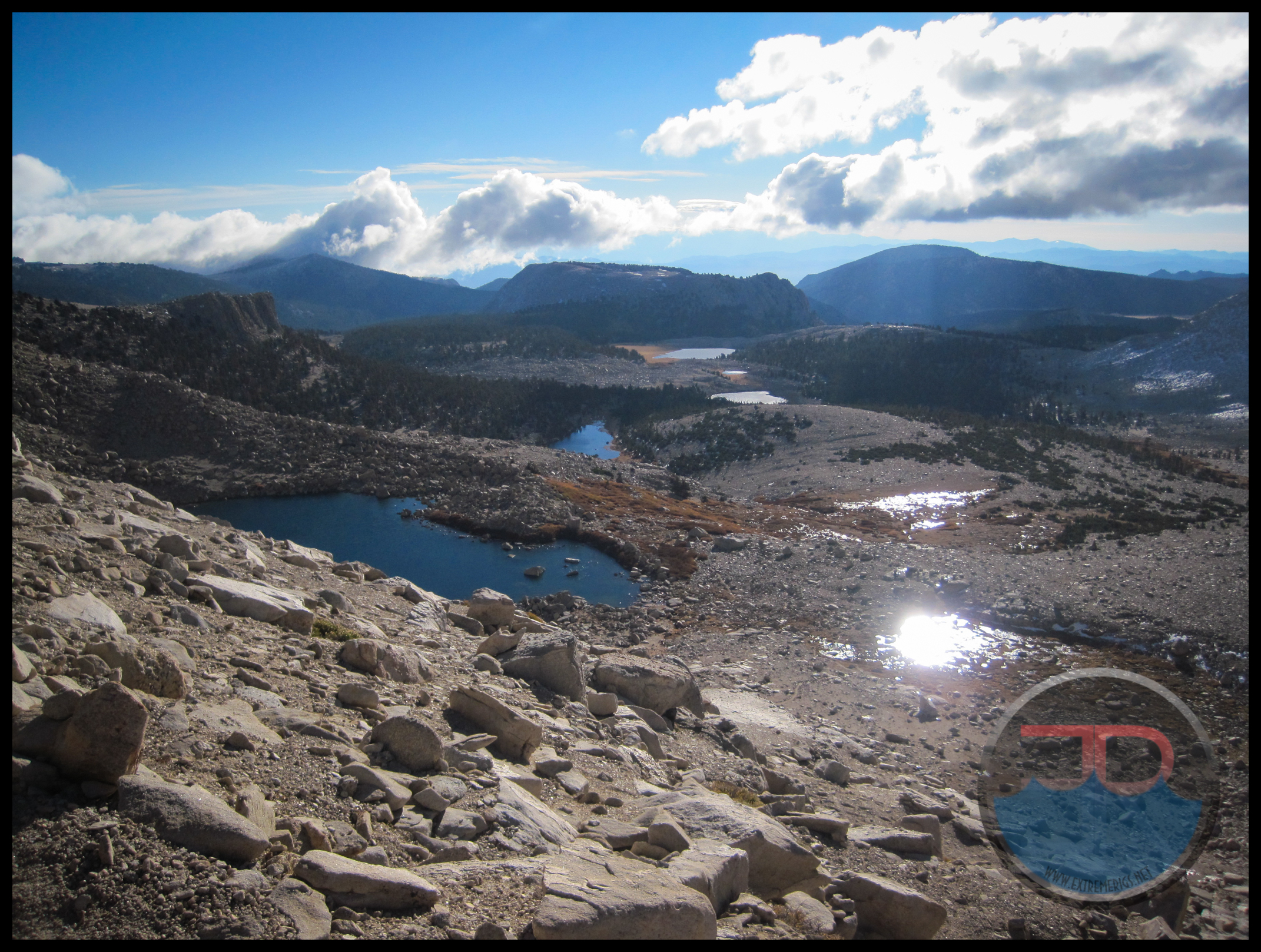
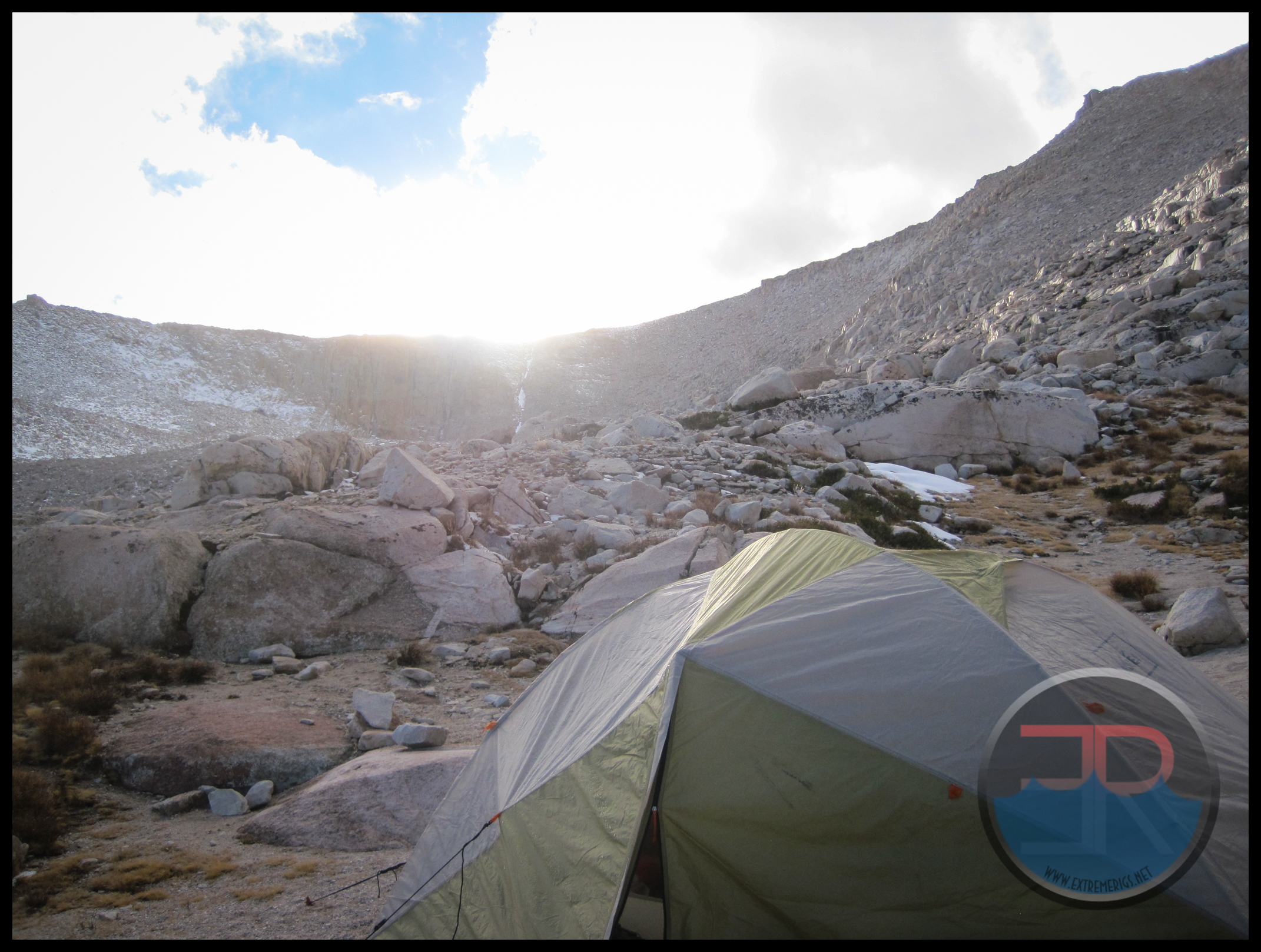
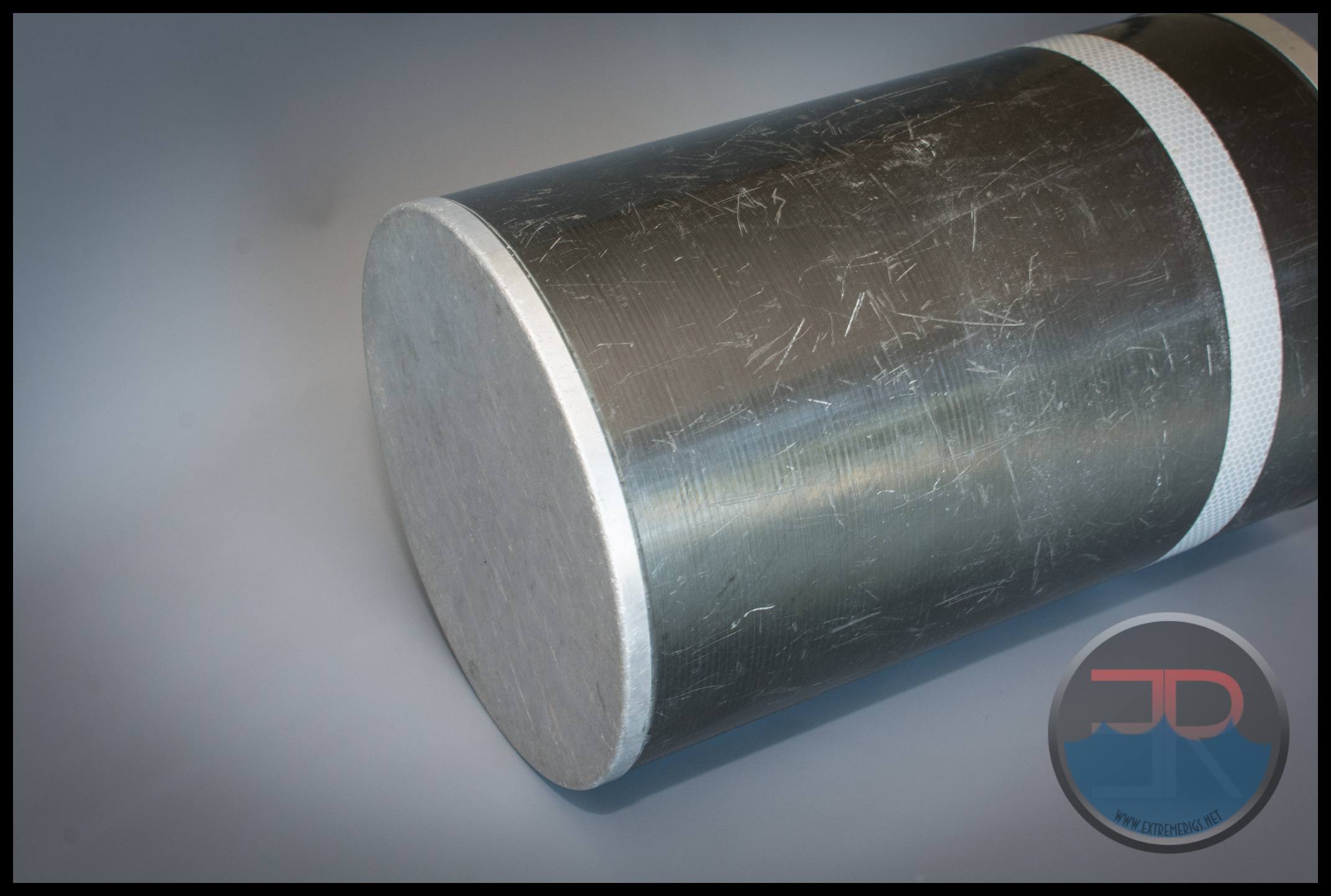
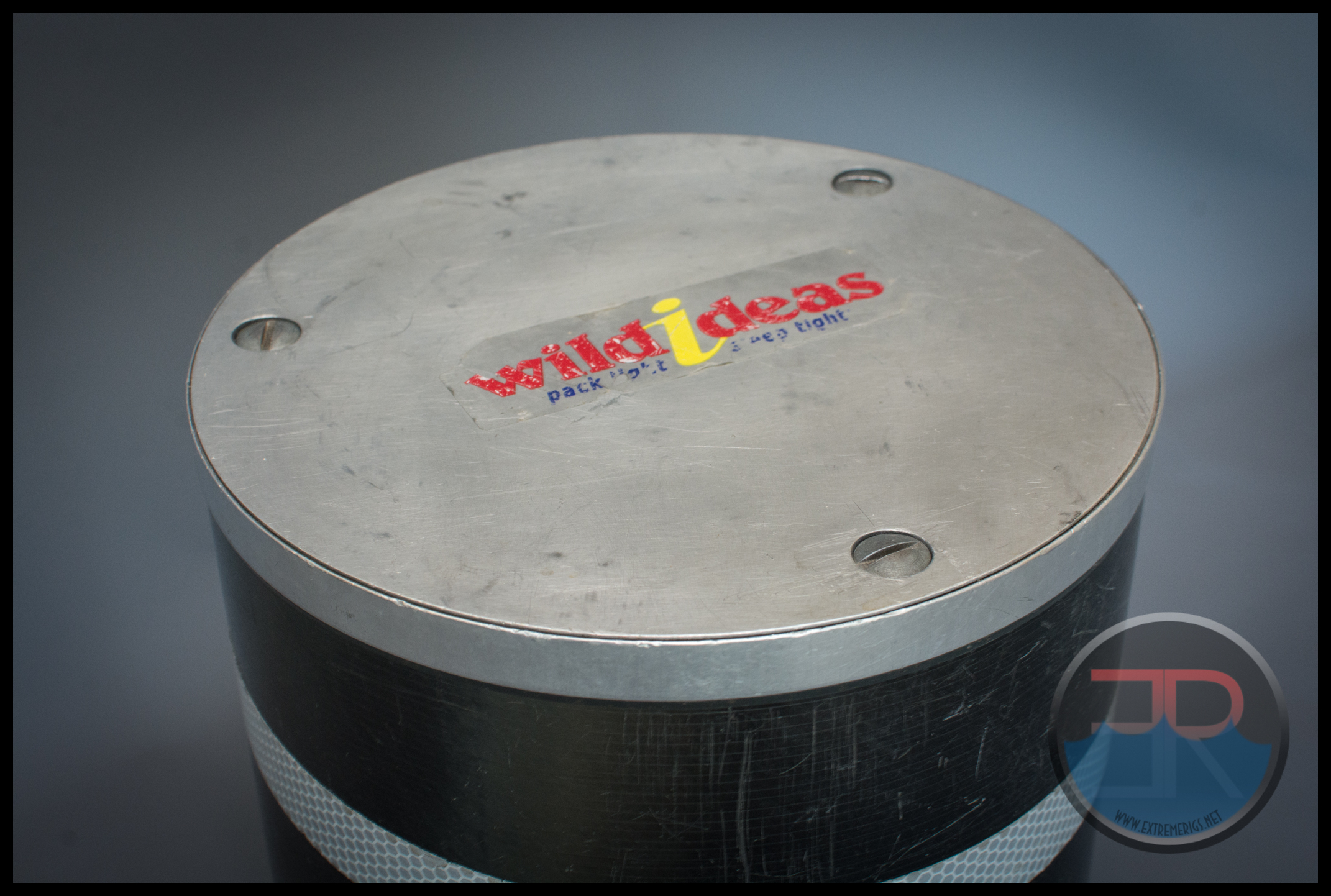
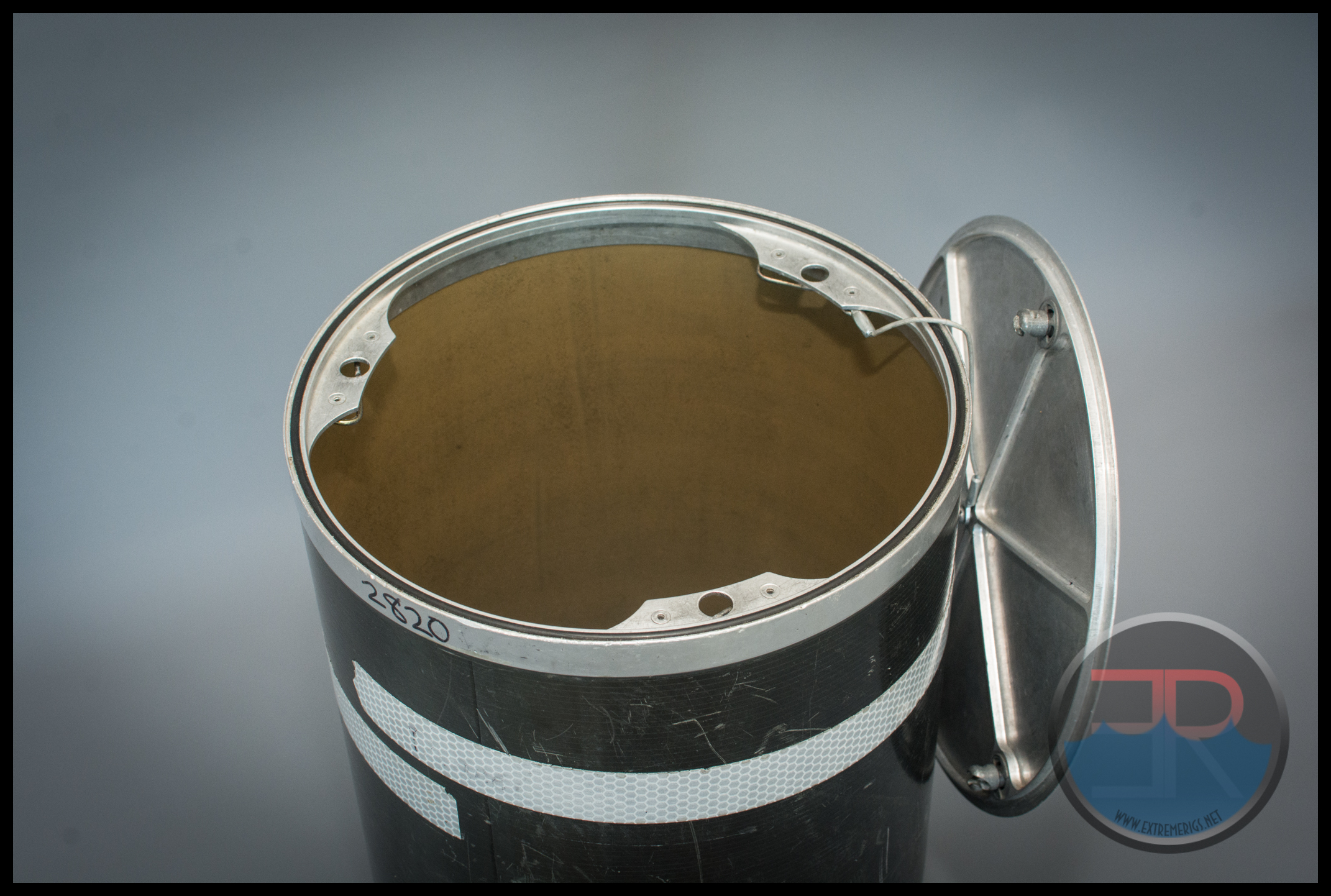
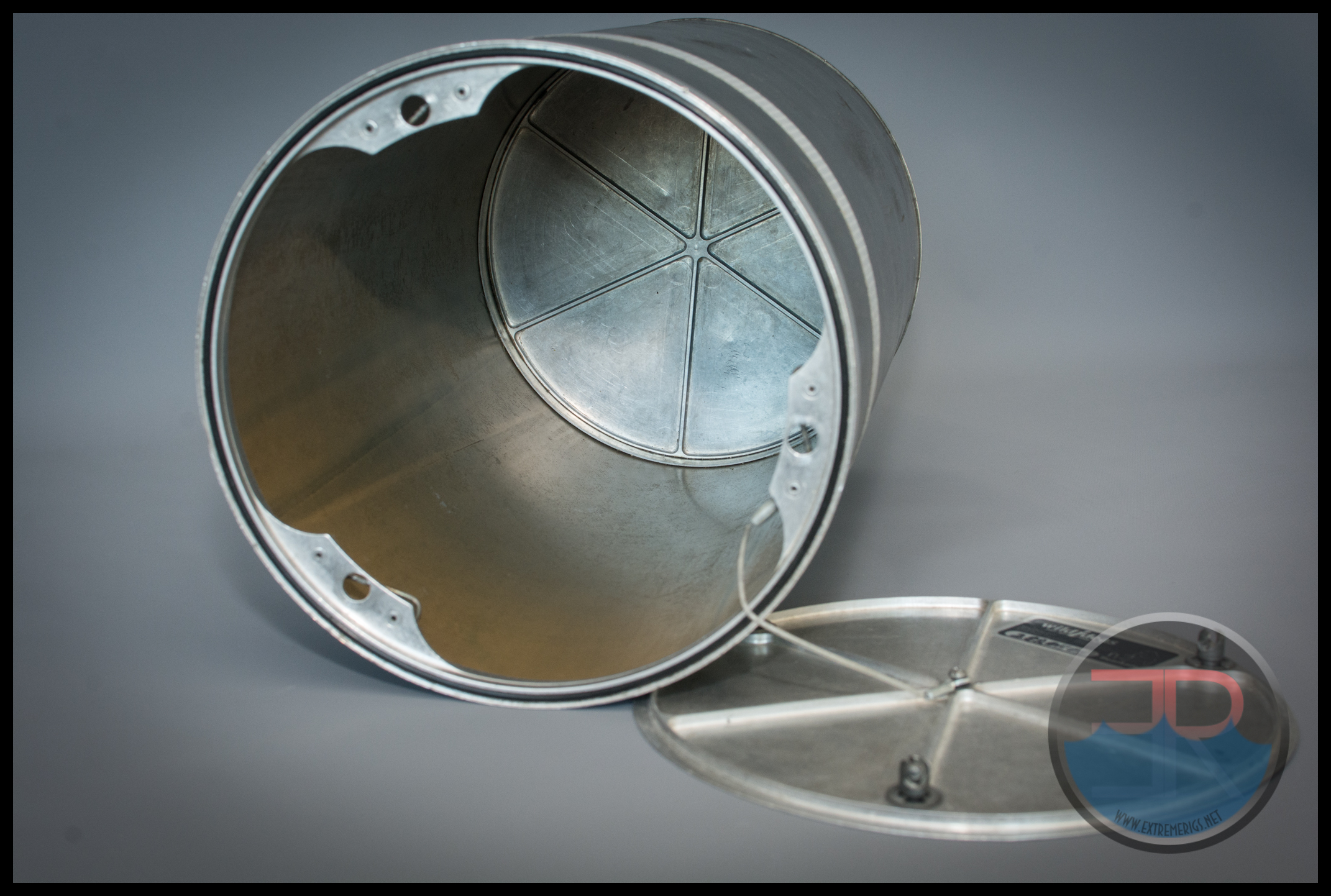
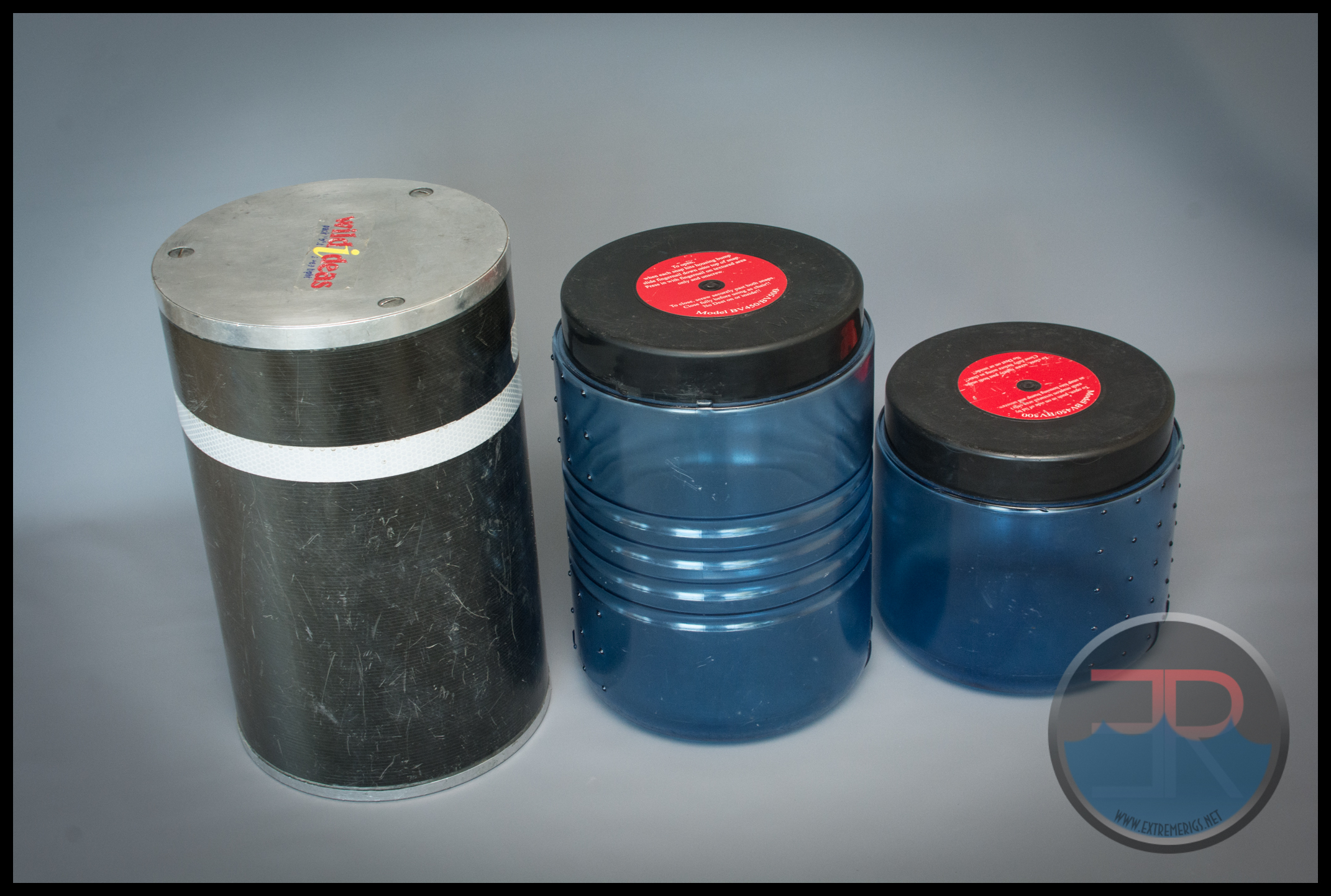
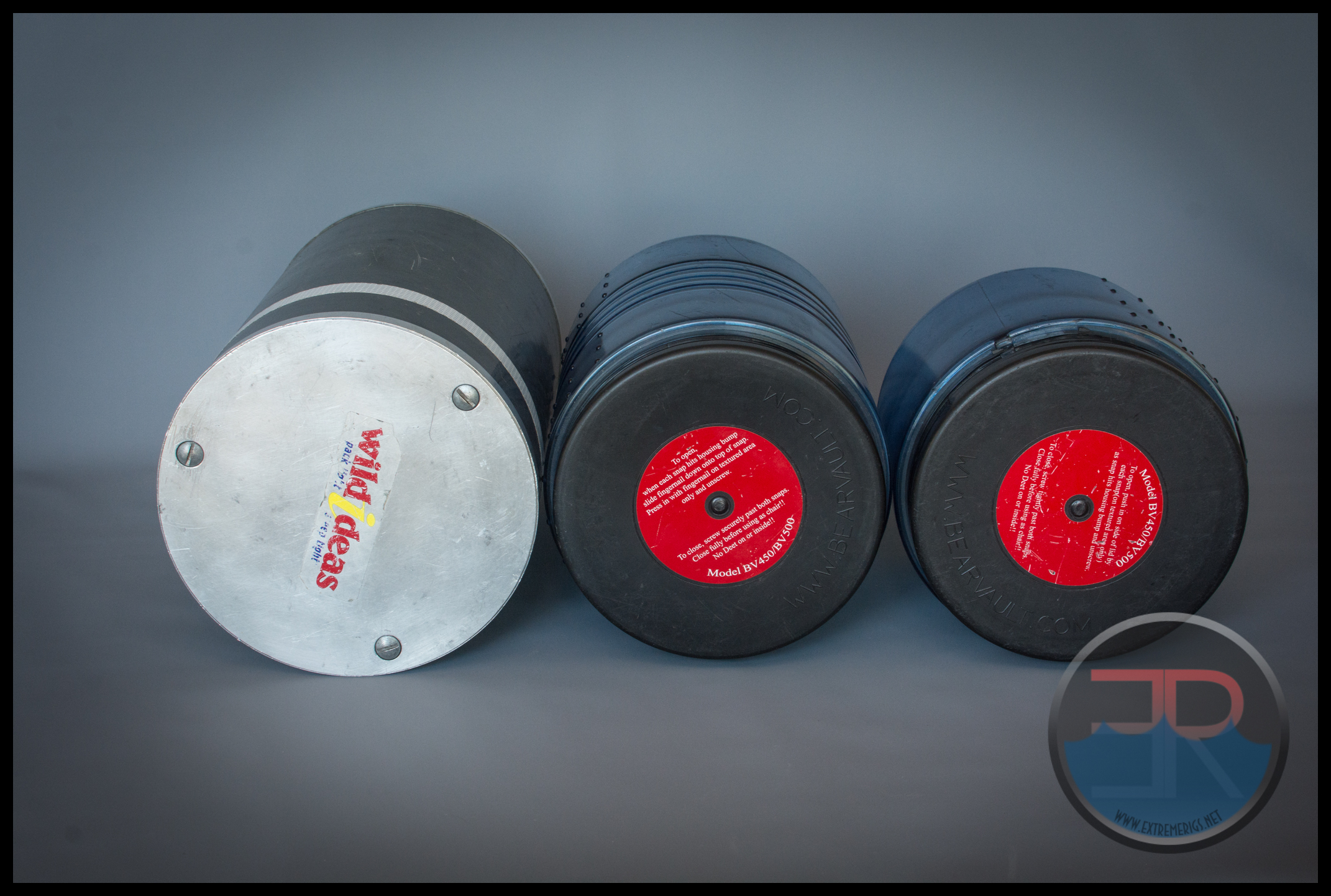
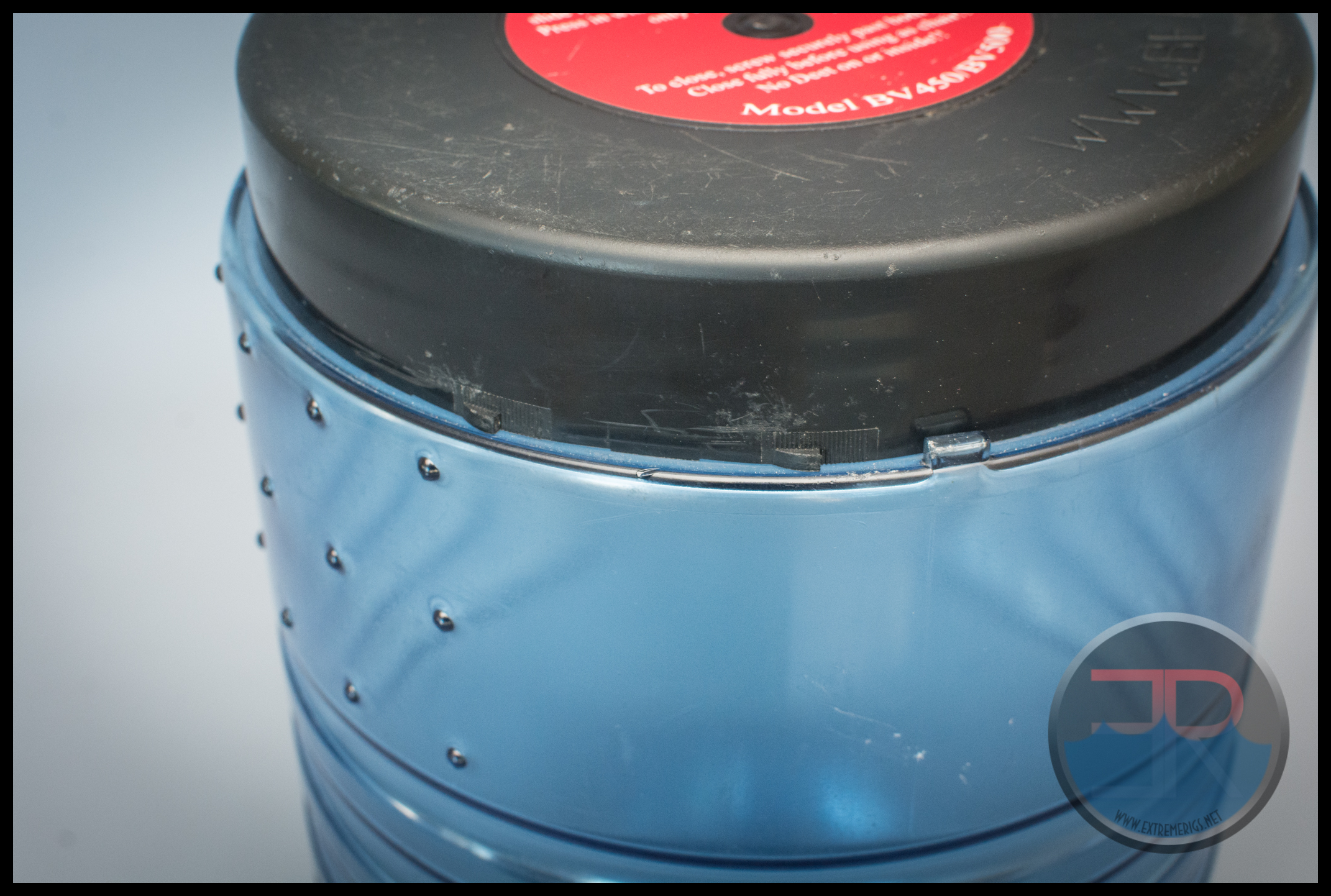
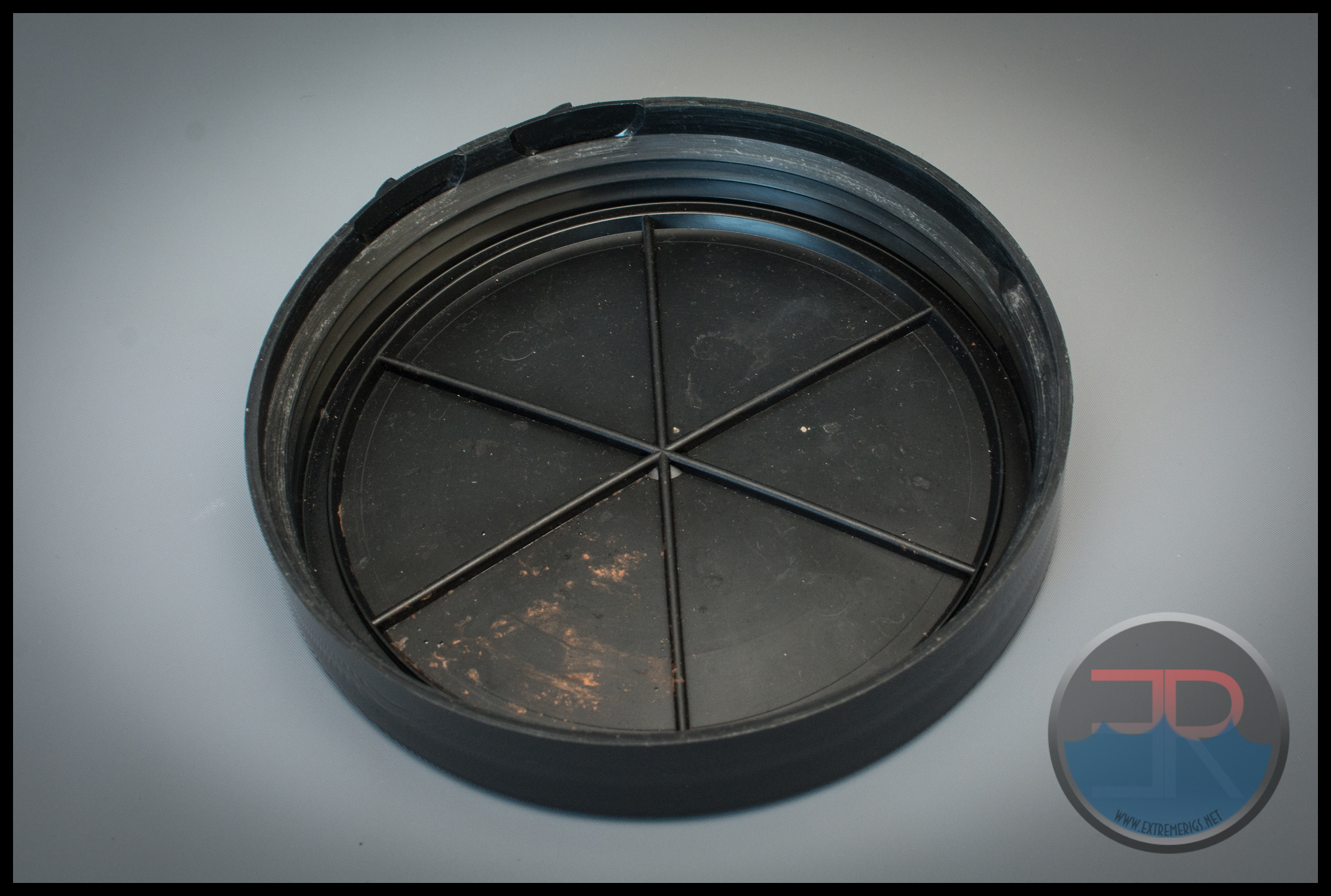

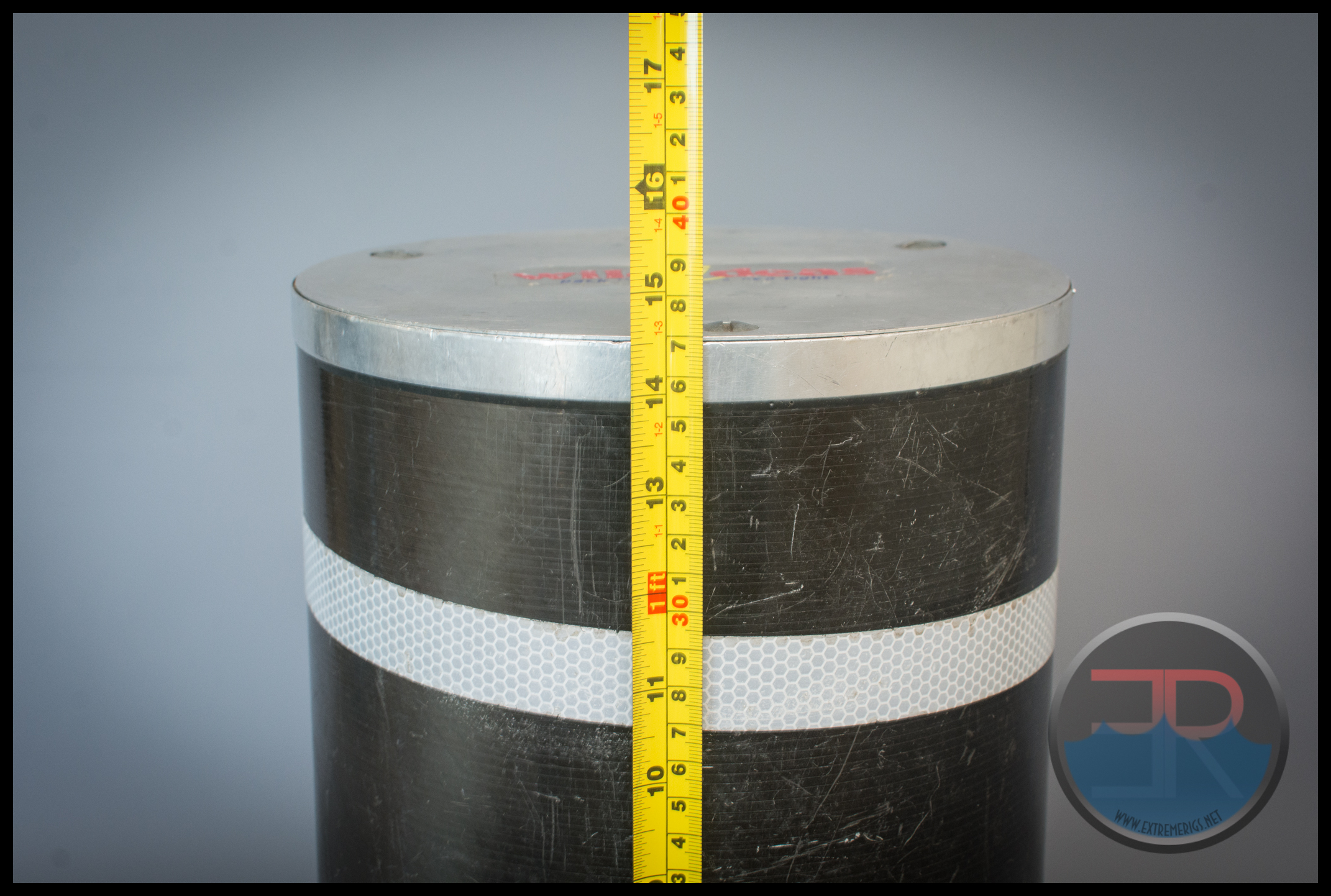



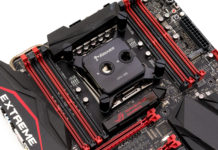

I thought this would be about a bear proof carbon fiber Apple Mac Pro PC variation.
Comments are closed.